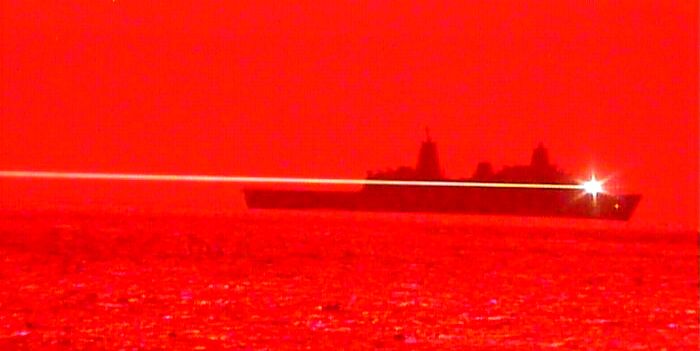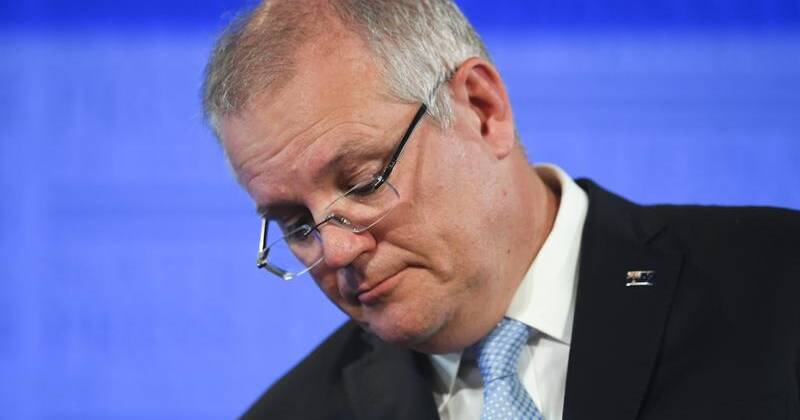Boagrius
Well-Known Member
Perhaps many of them are content to operate under the cover of land based ISR aircraft? The USN are probably the only ones who seriously intend to use their CVs way out in the bluest water for sea control etc.
For a navy like the RAN I suspect the solution lies in a dedicated AEW helo/larger UAS flying off LHD, a smaller UAS like MQ8C operating off FFG/DDG or a mixture of both. The main issue I can see with the former is that the CONOPS for the LHDs may not be conducive to providing persistent ISR for all of our task groups, so they might not be able to provide enough coverage.
The latter option leaves you with a larger number of possibly less capable sensors. That problem may be a temporary one though, as the ~600lb Vigilance pod described earlier is "only" ~100lbs over the max payload for MQ8C. It strikes me as plausible that an AEW helo-like sensor package could find its way onto a platform suitable for SEA129 Ph5 in due course (assuming MQ8C + AN/ZPY8 hasn't achieved this already).
For a navy like the RAN I suspect the solution lies in a dedicated AEW helo/larger UAS flying off LHD, a smaller UAS like MQ8C operating off FFG/DDG or a mixture of both. The main issue I can see with the former is that the CONOPS for the LHDs may not be conducive to providing persistent ISR for all of our task groups, so they might not be able to provide enough coverage.
The latter option leaves you with a larger number of possibly less capable sensors. That problem may be a temporary one though, as the ~600lb Vigilance pod described earlier is "only" ~100lbs over the max payload for MQ8C. It strikes me as plausible that an AEW helo-like sensor package could find its way onto a platform suitable for SEA129 Ph5 in due course (assuming MQ8C + AN/ZPY8 hasn't achieved this already).
Last edited:


